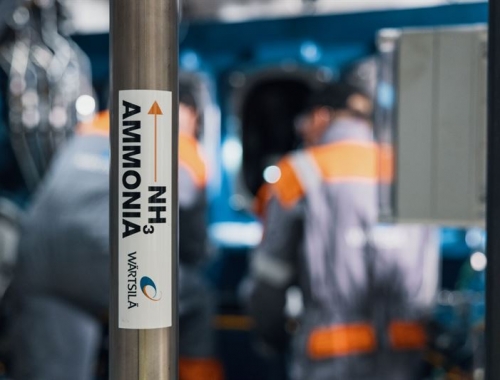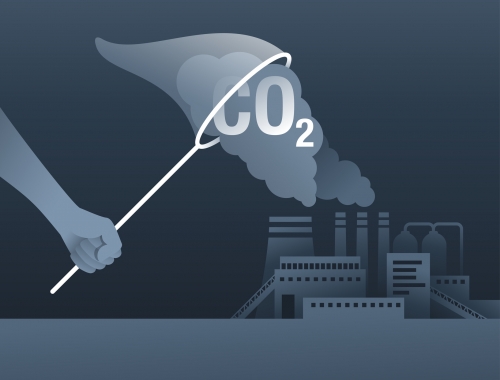Bio-LNG now available across 70 ports worldwide: SEA-LNG
SUMMARY
Bio-LNG is now accessible in approximately 70 ports worldwide, including major hubs like Singapore, Rotterdam, and the US east coast.
By Shardul SharmaPOSTED IN:
SEA-LNG, the coalition advocating for the use of LNG as a marine fuel, has conducted a new analysis showcasing the growing availability of bio-LNG in the global bunkering market, it said on July 27. According to their update to the online Bunker Navigator tool, bio-LNG is now accessible in approximately 70 ports worldwide, including major hubs like Singapore, Rotterdam, and the US east coast.
Bio-LNG is produced from sustainable biomass feedstocks, such as human or agricultural waste, ensuring it does not compete with food, fiber, or fodder production, adhering to regulations like the EU's RED II and America's Renewable Fuel Standards. Currently, the annual production of biomethane, which is used to produce bio-LNG, accounts for about 10% of the shipping industry's total annual energy demand, amounting to roughly 30mn tonnes.
“The fact that bio-LNG is commercially available now and being used as a drop-in marine fuel by operators in Europe, North America and Asia, demonstrates the sustained contribution that the LNG pathway can make to decarbonising our industry, starting today. Climate change is a stock and flow problem, the longer our industry waits to start using low-carbon fuels, the tougher the decarbonisation challenge will be,” Adi Aggarwal, general manager of SEA-LNG, said.
One of the significant advantages of bio-LNG as a marine fuel is its compatibility with the existing global fleet of 355 LNG-fuelled vessels, requiring no modifications, SEA-LNg said. It can be easily transported, stored, and bunkered using the current LNG infrastructure, providing a promising pathway for its further expansion in the coming years.
Compared to marine diesel, the use of bio-LNG can lead to up to an 80% reduction in greenhouse gas (GHG) emissions on a full well-to-wake basis. Depending on the production method, bio-LNG may even achieve net-zero or net-negative GHG emissions on a lifecycle basis.
In a study conducted by Nanyang Technological University's Maritime Energy and Sustainable Development Centre of Excellence (MESD) in October 2022, researchers demonstrated that the global potential for biomethane production could increase up to 20 times the current levels by 2050. Considering demand from other sectors, they projected that bio-LNG as a marine fuel could be produced in sufficient quantities to fully decarbonise around 13% of the global shipping fleet by 2050.








